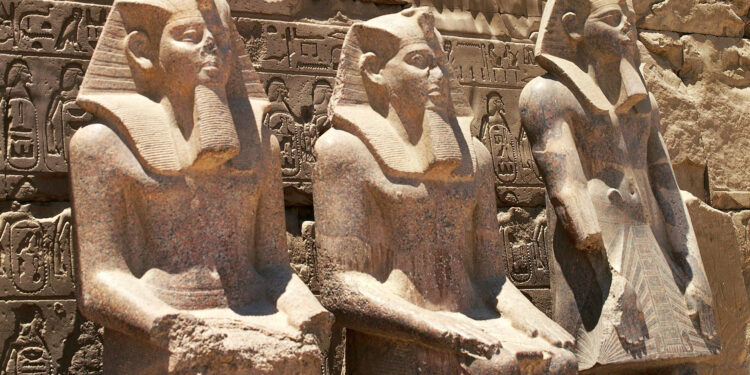If you love history, then this is a discovery worth celebrating! Sunday marked 102 years since archaeologists uncovered the solid gold coffin and mummified remains of King Tutankhamun, a find that stunned the world in 1922. And now, for the first time since King Tut’s tomb was revealed, Egypt has made another landmark discovery—one that rewrites a chapter of ancient history.
After years of meticulous excavation, archaeologists have finally unearthed the tomb of King Thutmose II, a pharaoh of Egypt’s 18th Dynasty who ruled over 3,500 years ago. The discovery, made by a joint Egyptian-British archaeological team, is being hailed as one of the most significant in recent years.
According to Mohamed Ismail Khaled, the Secretary-General of Egypt’s Supreme Council of Antiquities, this find is “a major breakthrough” in Egyptology. The tomb, located west of Luxor in the Valley of the Kings, was originally thought to belong to a royal wife due to its modest structure. But as archaeologists dug deeper, the evidence told a different story—one that points directly to King Thutmose II and his powerful wife, Queen Hatshepsut.
One of the most intriguing aspects of this find is the role of Queen Hatshepsut in Thutmose II’s burial arrangements. Hatshepsut is famous for later becoming one of Egypt’s most successful female pharaohs, ruling for over two decades. Many historians believe her rule was strategic and groundbreaking, making this discovery even more compelling.
However, time has not been kind to Thutmose II’s tomb. Flooding and natural disasters over the centuries left it in poor condition. Despite this, the excavation team recovered fragments of artifacts, including inscribed jars bearing the pharaoh’s name—concrete proof that this was indeed his resting place.
This is the first royal tomb discovery in Egypt since King Tut, and it adds another piece to the puzzle of ancient Egyptian history. The 18th Dynasty (1550–1292 BCE) was one of Egypt’s most powerful, and every new discovery helps us understand more about the rulers who shaped the civilization.
With advancements in technology, archaeologists are now able to digitally reconstruct tombs, giving us an even deeper look into these ancient burial sites. If you’re curious about what’s inside, check out these stunning images from the excavation: See inside the long-lost burial site.
Egypt continues to be a treasure trove of lost history, and discoveries like this remind us how much is still waiting to be found beneath the sands. The excavation team will now focus on preserving and analyzing the tomb’s contents to uncover more about Thutmose II’s reign, his relationship with Hatshepsut, and the burial traditions of the time.
It’s a thrilling reminder that history is still being written—or, in this case, unearthed.
🏺 Would you visit Egypt’s ancient tombs if given the chance? Let us know!




















